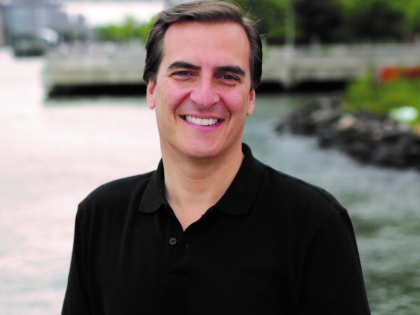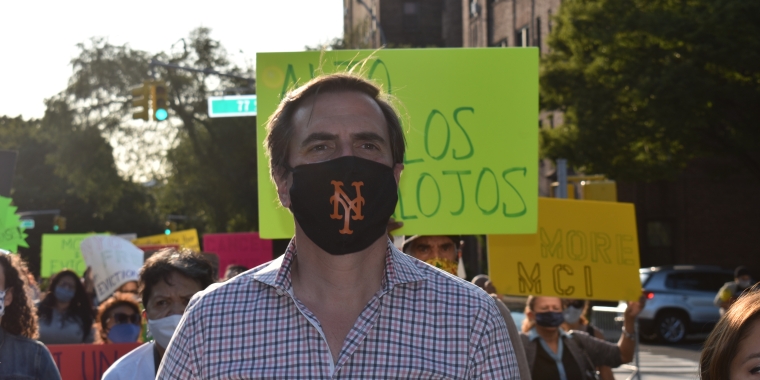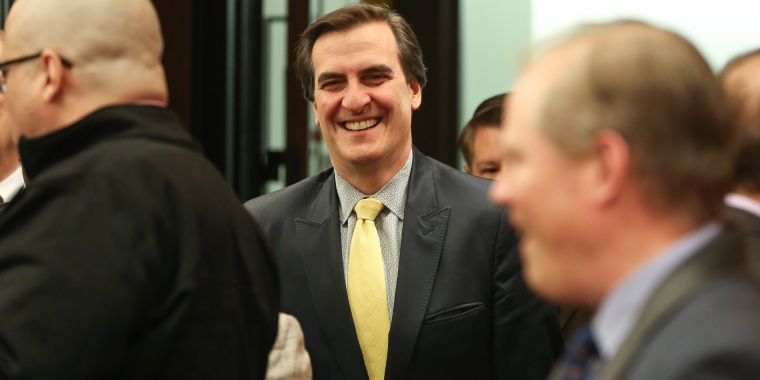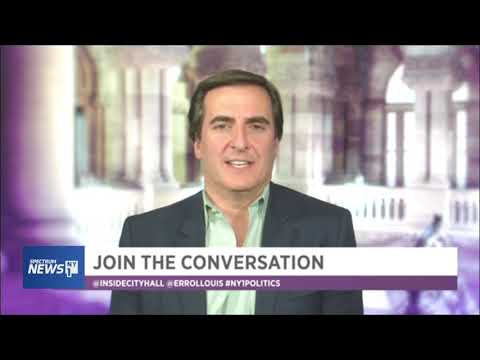
Associated Press: Lawmakers pitch tax hikes on high earners in New York

ALBANY, N.Y. (AP) — Several New York lawmakers are proposing a tax hike for individuals making at least $300,000 per year in hopes of bringing in an estimated $15 billion in annual revenue.
It’s the latest proposal to raise taxes on high earners and is the only legislation so far this year to propose raising taxes on people making below $1 million. The bill’s left-wing backers include Deputy Majority Leader Michael Gianaris, New York City Public Advocate Jumaane Williams and the Working Families party.
Supporters say the tax hike would help relieve the huge drain on state revenue cause by the pandemic and avoid Gov. Andrew Cuomo’s proposal to cut state-spending 5% across-the-board and delay the start of new middle class tax cuts for one year.
But the legislation would move New York from having the nation’s second highest rate on high earners — after California — to number one, according to Gov. Andrew Cuomo’s budget office.
“As we’ve said, raising taxes would be best done at the federal level so as not to pit one state against another, and right now, we all need to keep our focus on Washington to ensure the critical resources it is poised to deliver to the state are fair,” spokesperson Freeman Klopott said.
It’s unclear whether New York will end up raising taxes on the wealthy this year, as the state awaits Congressional action on a potential COVID-19 package that could include unrestricted aid for states.
The governor has warned in past months that the state needs $15 billion in extra federal aid to steady the state’s budget.
Several fiscal watchdogs say New York has already benefited from billions in federal COVID-19 relief and that the state’s economic recovery is going better than expected: New York is likely to bring in nearly $4 billion more in tax revenues in its current fiscal year than Cuomo’s office initially projected.
Progressives in the Legislature — empowered by a newfound Democratic supermajority — are pushing for New York to raise taxes on the wealthy to prevent the need for spending cuts.
Conservatives, meanwhile, say the state’s fiscal problems are driven by overspending and a lack of accountability on economic development projects that don’t provide promised jobs.
Currently, the state’s tax rates range from 4% to the highest rate of 8.82% for individuals who earn over roughly $1 million.
Critics say it’s unfair that New York’s tax system has similar tax rates for the working class up to the upper middle class and wealthy: Single individuals making between $13,900 and $80,650 pay 5.9% to 6.09%. Individuals making between $80,650 to $215,400 pay 6.4% and those earning between $215,400 roughly to $1 million pay 6.85%.
“Someone making $50,000 and someone making $1 million should not pay nearly the same tax rate, as they do now,” State Sen. Robert Jackson said.
The legislation would start by raising taxes for single New Yorkers making over $300,000 and married couples over $450,000. For those individuals, the tax rates would range from 7.01% to as much as 13.81% for income over $100 million.
Those changes could mean an extra $400 in taxes a year for someone making above $400,000, or an additional $123,050 for those earning above $5 million.
Meanwhile, Cuomo has warned of tax hikes if New York only receives $6 billion in federal aid and not $15 billion.
He has proposed raising the state’s top tax bracket up to 10.82%for those making over $100 million. Those who make up to $10 million would face a 9.32% state income tax.
Critics of tax hikes on the wealthy point to anecdotes and years of concern about making the state unfriendly to high earners, some of whom may already be living in second homes outside the state amid the pandemic.
“There is evidence that people do leave because of taxes,” said Andrew Rein, president of the fiscally conservative think tank, the Citizens Budget Commission, though he cautioned that research on the topic is somewhat thin.
“There aren’t that many robust studies and they don’t correlate to where we are. I do think the risk is real.”



